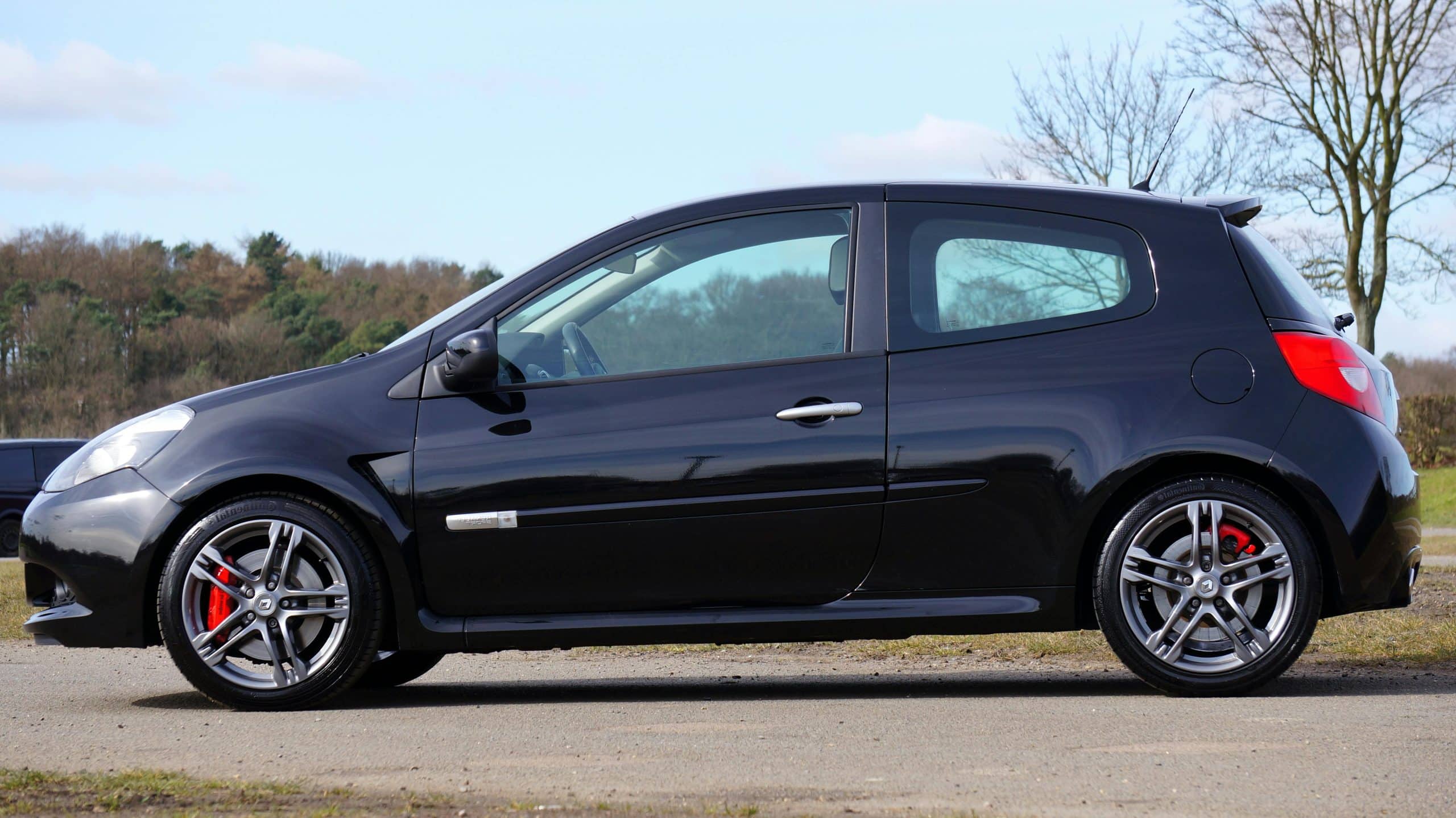The world of cars is a fascinating universe, constantly expanding and evolving. Among the many marvels it presents, the Renault Clio RS stands out as an icon of sporty elegance and powerful performance. But could the handling of this remarkable car be enhanced even further? Could widening the front track lead to a better driving experience? Let’s delve into the depths of this question, unraveling the secrets of car dynamics and the engineering marvel that is the Renault Clio RS.
Understanding the Dynamics of a Car
Before we delve into the specifics, it’s crucial to understand what the ‘track’ of a car is. The track of a car refers to the distance between the center of the left wheel and the center of the right wheel. In a car like the Renault Clio RS, which already boasts a formidable track record in performance, a wider front track could potentially enhance the handling and stability of the car.
A lire aussi : What Is the Best Way to Adjust the Ride Height on a Coilover-Equipped VW Golf R32?
The track width impacts the car’s balance and how it reacts to steering inputs. A wider track can give a car a lower center of gravity, reducing the amount of body roll during cornering. This could lead to improved grip, better stability, and enhanced handling. However, it’s not as simple as just widening the track. Other factors like wheel alignment, tire size, and suspension setup also play a significant role in the car’s overall handling.
Renault Clio RS: A Closer Look at its Performance and Handling
The Renault Clio RS, particularly the latest ‘RenaultSport’ versions, are well-regarded in the realm of sporting cars. Their performance on the track is often lauded, and they are known for offering an exhilarating driving experience. The Clio III RS, for instance, has a 2.0-litre engine that delivers 197 bhp and can hit a top speed of 140 mph, catapulting it from 0 to 62 mph in just 6.9 seconds.
Avez-vous vu cela : Is It Possible to Add Adaptive Headlights to a Jaguar XF for Better Night Visibility?
Yet beyond the engine specs, the handling of these cars is something to behold. The RenaultSport models have a wider front track than regular Clio models, enhancing their stability and grip on the road. They also feature a unique ‘Cup’ chassis, which is 15% stiffer and 7mm lower than the standard ‘Sport’ chassis, further improving their cornering abilities.
How a Wider Front Track Could Impact the Renault Clio RS
So, what would happen if the front track on a Renault Clio RS was made even wider? Theoretically, a wider front track could enhance the car’s stability, especially at high speeds or during sharp cornering. It could potentially provide better grip and reduce understeer, making the car feel more responsive and agile.
However, widening the front track might also necessitate modifications to the car’s wheel arches, suspension, and steering. This is to ensure that the wider wheels have enough clearance and that the car’s geometry remains optimal. The cost and complexity of such modifications could make them impractical for many car owners.
The Role of Other Factors in the Handling of the Renault Clio RS
As previously mentioned, a car’s handling isn’t solely determined by its track width. Other factors like wheel alignment, tire size, and suspension setup also play a critical role.
The Renault Clio RS, for instance, features a precise and responsive steering system that contributes to its excellent handling. The seats are specifically designed to keep the driver firmly in place during high-speed cornering, enhancing control and confidence on the track. The car’s aerodynamics, including its rear diffuser and front splitter, also contribute to its stability and grip.
In conclusion, while a wider front track could potentially improve the handling of a Renault Clio RS, it’s just one piece of the puzzle. The car’s overall design and setup, including elements like the suspension, steering, and aerodynamics, also contribute significantly to its performance on the road or track. Therefore, any modifications to the car should be considered in the context of how they will impact the vehicle as a whole, rather than focusing solely on one aspect.
The Influence of Renault Clio RS’s Key Features on its Handling
When discussing the Renault Clio RS, key features like the steering wheel, cup chassis, and rear diffuser cannot be ignored. These elements work in harmony, leaving an indelible mark on the car’s handling.
The steering wheel of the Renault Clio RS is precision-engineered to offer unrivaled responsiveness. In the hands of a skilled driver, it can effectively translate minute inputs into accurate movement on the road. Additionally, it’s ergonomically designed for maximum comfort during long drives. With a steering wheel that responds to the slightest touch and maintains a solid grip, the driver has total control over the car’s direction.
The cup chassis is another feature exclusive to the RenaultSport models. It’s 15% stiffer and 7mm lower than the standard ‘Sport’ chassis. This effectively lowers the car’s center of gravity and reduces body roll, especially during cornering. The RS’s cup chassis gives it a competitive edge, as the car exhibits superior stability and agility on both the road and track.
The Renault Clio RS’s rear diffuser is another distinctive feature that contributes to its superior handling. It effectively channels airflow to increase the car’s downforce, thereby enhancing its grip on the road. Together with the front splitter, it optimizes the car’s aerodynamics, ensuring it is stable even at high speeds.
The car’s alloy wheels, dressed in gloss black, are perfectly positioned to provide optimal grip and stability. The anti-roll bars further enhance its stability, while the optional roll cage provides additional safety. The car’s front-wheel drive configuration also contributes to its handling prowess, providing an excellent balance of power and control.
Conclusion: The Intersection of Engineering and Driving Pleasure
In the world of hot hatches, the Renault Clio RS holds a special place. Its blend of sporty elegance, powerful performance, and impeccable handling makes it a dream car for many enthusiasts. As we’ve discussed, the handling of the Renault Clio RS isn’t solely dependent on the track width. Elements like precise steering, a stiff cup chassis, responsive front wheel drive, and aerodynamic features like the front splitter and rear diffuser all play significant roles.
Widening the front track could potentially enhance the car’s stability, particularly at high speeds or during sharp cornering. However, such a modification should not be undertaken without considering other aspects of the car’s design, as it could necessitate changes to the wheel arches, steering, and suspension.
Ultimately, the Renault Clio RS is a result of careful engineering, where every element is designed to contribute to driving pleasure. From the responsive steering wheel to the lower, stiffer cup chassis, each feature of the car is there for a reason. Therefore, it is advisable to enjoy the RenaultSport Clio as it is, knowing that it is a product of extensive research and development aimed at providing the best driving experience. After all, the joy of driving a Renault Clio RS comes not just from its speed, but also from the connection the driver feels with the car and the road.






